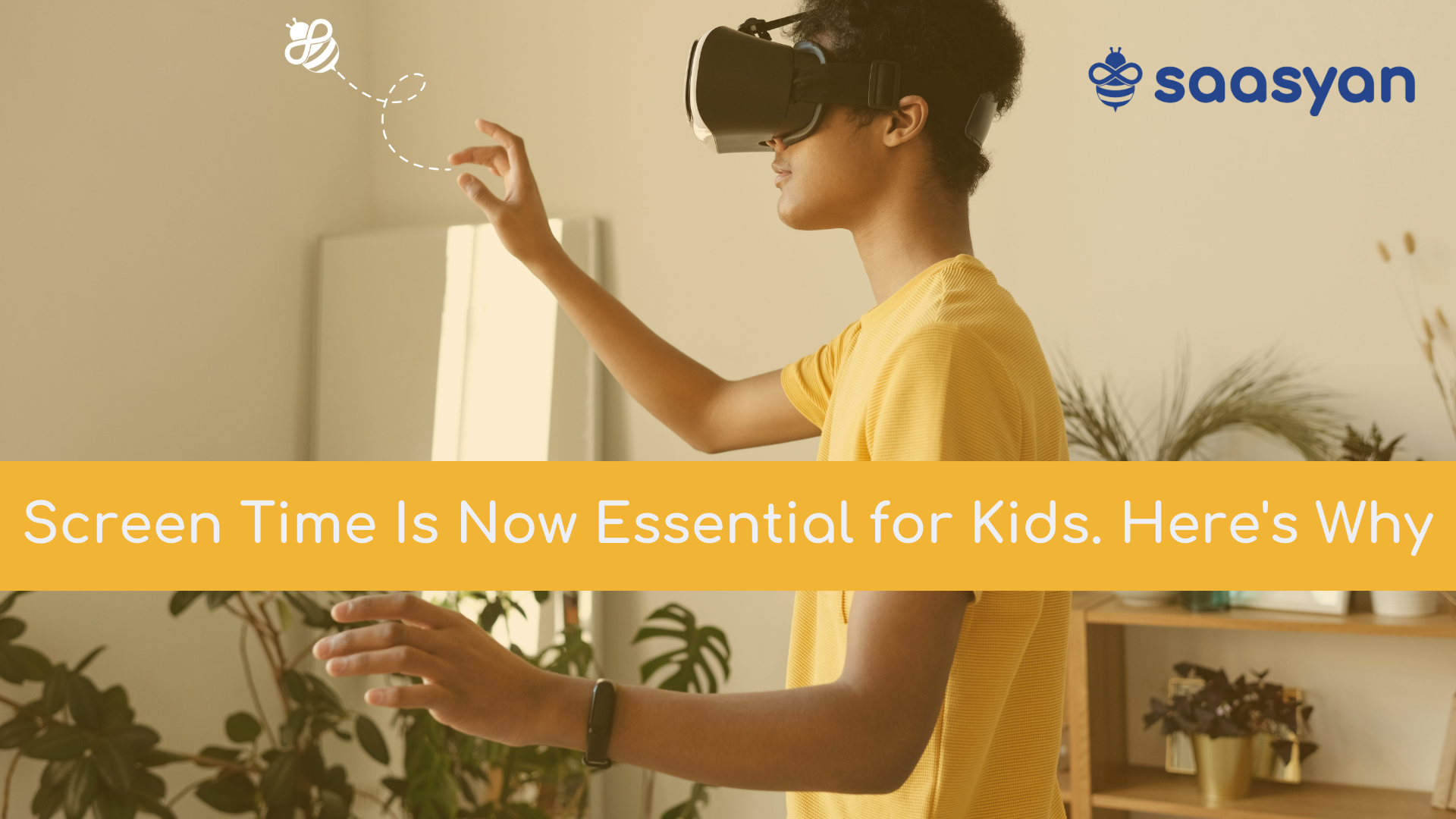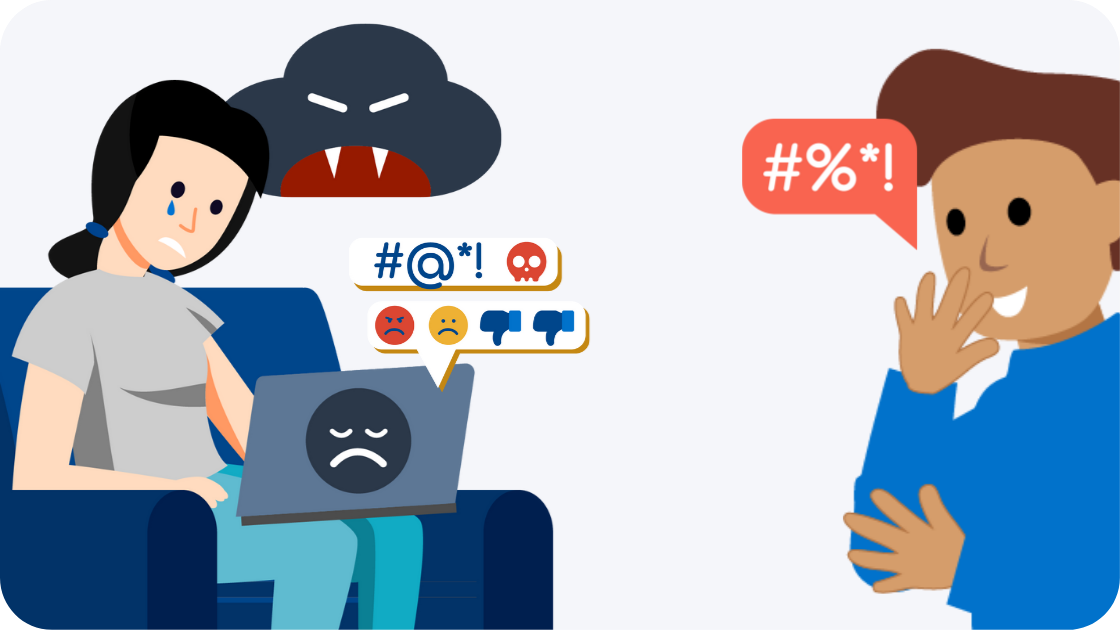What is Cyberbullying?
Cyberbullying: What Is It And How Common Is It? Bullying has been a part of human civilisation since the dawn of time. There will always be victims...

Whether they’re gaming, socialising, learning or shopping, there is no denying that technology plays a huge role in the lives of children and teenagers.
While many of us can remember a time where not everyone had a mobile phone and social media wasn’t around, kids today would find the concept of not being constantly connected hard to fathom.
While technology has certainly made many parts of our lives easier, the effects of being so reliant on screens to complete daily tasks is still being studied.
As educators, parents, wellbeing and IT leaders, we have to question the effects that increased reliance and usage of screens can have on the still developing minds of children today.
This post will examine both the negative and positive effects that screen time can have on children and teenagers, and why the rapidly changing work environment means a flexible approach to screen usage might be necessary for kids going forward.
Before we can discuss the effects of too much screen time, we first need to determine what “too much” actually looks like.
Current advice states that a healthy amount of recreational screen time for children aged between 5 and 17 (not including schoolwork) is no more than two hours per day.
As an example, a child spending an hour playing a video game after finishing their homework, followed by an hour watching TV or YouTube would be considered a healthy amount of screen time. Combining these activities with things such as reading, playing a sport, walking the dog, drawing or playing an instrument, can help form a healthy balance of activities in a child’s day.
Alarmingly, 40% of children are spending between 10 and 19 hours a week on recreational screen time, while 24% are spending in excess of 20 hours on screens per week.
Using these guidelines as a framework, we could say that recreational screen time exceeding two hours a day could be considered excessive.
Excessive screen use is shown to have negative effects on a child’s mental wellbeing, and the longer a child spends online, the more likely they are to be exposed to cyberbullying, online grooming, inappropriate content, image-based abuse and unwanted contact.
Children can be exposed to these things anywhere on the internet, most commonly through social media sites and online games where there is interaction with other players.
17% of children have experienced bullying or abuse while playing games with others online, with those aged 11-12 being the most likely to be bullied.
Along the same lines as online gaming, heavy social media use can also negatively affect mental health by exposing users to cyberbullying, online grooming, unwanted contact and the constant comparison of their lives to the lives of others.
These experiences can lead to low self-esteem, anxiety, and depression, as well as feelings of inadequacy and dissatisfaction with their own life. As adults, we know that social media feeds are the “highlight reel” of a person’s life, but children and teens aren’t always aware that what people show online isn’t always real.
There are also physical effects of spending too much on screens, including poor sleep quality, potential weight gain, problems with vision and impaired development on the areas of the brain linked to empathy, attention, memory and reading skills.
Despite the above points, it is important to note that screen time isn’t all bad!
There’s evidence to suggest that time spent on screen-based activities such as games, can be beneficial for kids, helping develop problem solving, communication and fine motor and creative skills.
Furthermore, being online can help kids form a sense of connection by socialising with friends they might not normally be able to see face to face, which was especially useful during the pandemic.
There is no denying that kids today need to be technologically literate in order to be ready for the future job market, and one of the best ways to prepare them is to let them learn through on-screen activities appropriate for their age and maturity level.
Younger children can start developing these skills through games like Minecraft and Roblox, while older children and teens could try using their creative and problem-solving skills to develop their own apps.
These activities encourage creativity while introducing kids to programming and coding. The jobs kids will be applying for in years to come don’t even exist yet, but we do know that these skills will be highly desirable in the job market of the future.
Regardless of where you sit on the screen time debate, one thing we can all agree on is the need for tech safety for every child.
Keeping kids safe is the number one non-negotiable when it comes to their online activities, with each of us playing our own role in ensuring their wellbeing and safety in the online (and offline) space.
This means implementing the tools needed to keep children and students safe, as well as taking the time to listen to their concerns,working to create solutions and resolve conflicts.
In addition to carrying out online activities safely, we also need to ensure that children and have a healthy balance between screenbased and non-screen-based activities.
While this might seem like the responsibility of parents and guardians rather than teachers and wellbeing staff, exposing kids to activities that don’t require screens and educating parents of the risks of too much screen time can go a long way in helping children find that balance.
The future is an exciting place with countless opportunities that don’t even exist yet. By working together to keep children safe online we can prepare them for this exciting future and let them have fun with it in the process.
Get in touch with our Support Team.

Cyberbullying: What Is It And How Common Is It? Bullying has been a part of human civilisation since the dawn of time. There will always be victims...

Education technology for k-12 is trending in the right direction With technology now a core enabler of learning and education for students in...

28 Digital Resources... In a digital world, the way we teach and learn has changed. With many different applications and other resources out there...